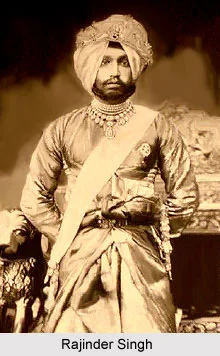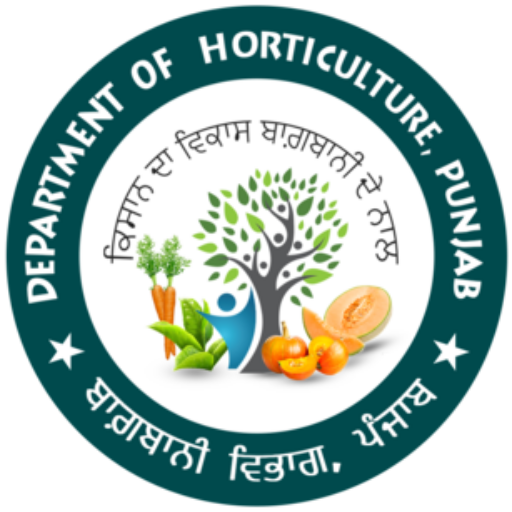HISTORY OF BARADARI GARDENS
Discover Patiala’s Charm: Baradari Gardens, Where History Blossoms
Patiala, situated in the heart of Punjab, India, has a captivating history that revolves around the establishment and evolution of the princely state of Patiala. The origins of Patiala can be traced back to the 18th century when Baba Ala Singh, a prominent leader and warrior, laid the foundation of the state in 1763. This marked the beginning of the Patiala dynasty, with Ala Singh becoming the first ruler. Over the years, the Maharajas of Patiala played a pivotal role in shaping the political, cultural, and social fabric of the region. Patiala has always had a special relationship with nature and colors which makes the baradari gardens a perfect example of it. In essence, the history of Patiala is not just a chronicle of rulers and their reigns but a narrative that reflects the cultural, artistic, and social vibrancy that has defined this region for centuries.


The garden was conceived during the reign of Maharaja Narinder Singh as he had made many buildings during his regime, but couldn’t lay out gardens. Raja Rajinder Singh was a significant figure in the history of Patiala, serving as the ruler of the princely state during the 19th century. He was born in 1831 and ascended to the throne in 1862, succeeding his father, Maharaja Narinder Singh. Rajinder Singh ruled the state until his death in 1867. During his relatively short reign, Raja Rajinder Singh made efforts to modernize and reform the administration of the Patiala state. He focused on improving infrastructure, including the construction of roads and bridges, to facilitate better connectivity within the region. The baradari gardens was also completed successfully in year 1876 under his regime.
Baradari Gardens demonstrates the connection between the city of Patiala and the nature, these gardens are the lungs of the city. It has a wide range of collection of many exotic species both from India and abroad. It is spread out in over 81 acres with a well laid out botanical garden and a fern house in it. The well known aged trees in this garden are ‘Tectona Grandis’ (Teak Trees) with a girth of 14 feet. Another variety is known as ‘Sterculia Alta’- the highest tree of the garden. Along with them are other varieties as Chinar (Beauty of Kashmir), Pines-Longfolia (Cheel Tree), Boxamalabari Cum (Simbal), CInnamomum Comphora, Dillenia Indica (Chilta Tree), Cedrela Toona, Sweetania Mohagony, Sarca Indica, Baniyan Tree (One of the oldest tree of Baradari Garden). These all varieties mentioned are old between 60 to 150 years.


Another big attraction of the Garden is the ‘Fern House’. The idea of Fern House came from the Royal Botanical Garden, Calcutta. Maharaja was so impressed with it that he built a well designed Hexagon shape Fern House in Baradari Garden. It is laid out in the corner of the garden spread out in .08 Kanal Area. It is built on a 3.5ft high wall which is made of bricks from outside and over ripe stones from inner side. There are 96 higher and lower poles on which a vulcanized steel gauge is placed. There are more than 22 fountains small and big supported by 32 sprinklers and artificial rain can be created when required for the fern plants. Inside the Baradari Gardens, there is a Rock Garden and zigzag pathways. It is said that Maharaja installed in it a Black Bronze Status of a Black ‘Bathing Beauty’, which was a piece of Art Craft from Spain. Unfortunately, during Punjab disturbances in eighties, it became a victim of a Bomb Blast in the Garden. During Maharaja Bhupinder Singh’s time, large number of state buildings were built in the Baradari Gardens.
